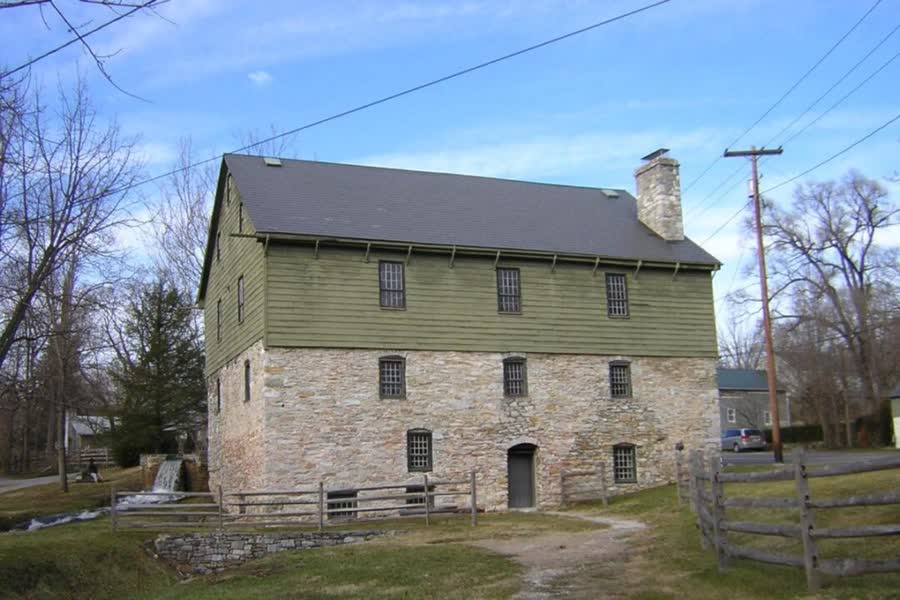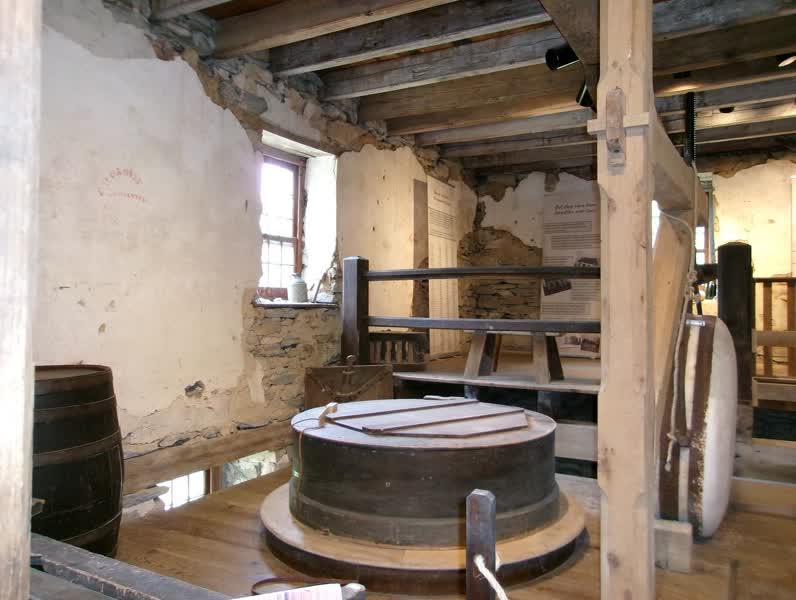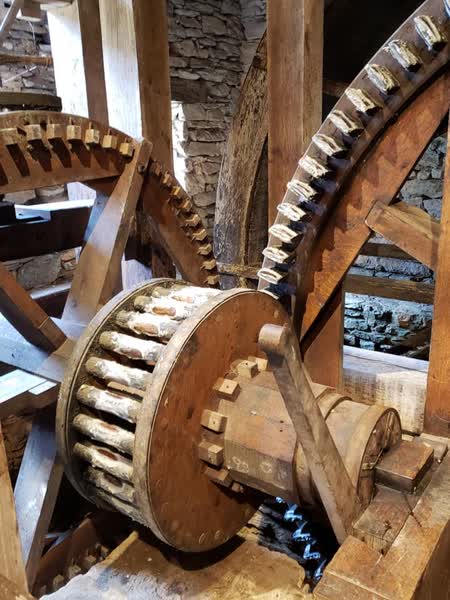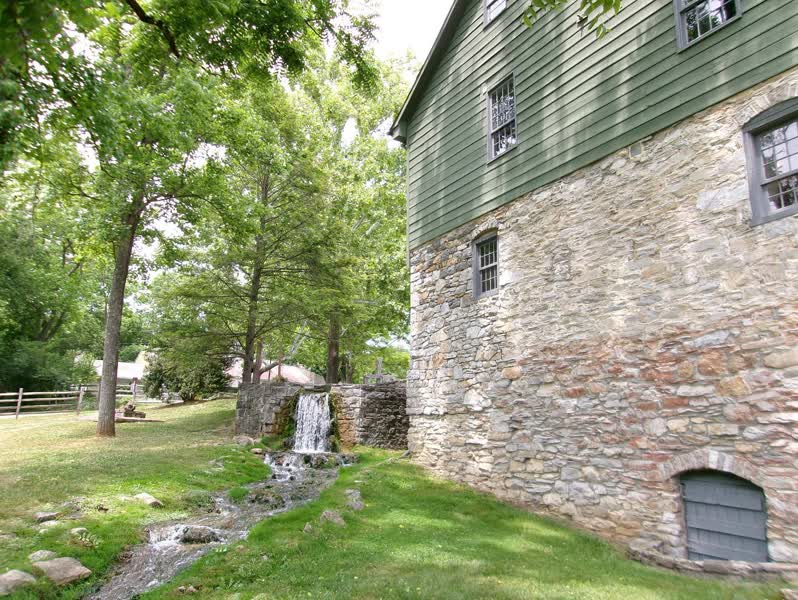Throughout the 18th to early 20th centuries in America, grain mills played an essential role in communities across the country.

Farmers cultivated wheat and corn, either for personal consumption or sale, and many constructed their own mills or sought out those owned by others nearby.
These local mills were often a hub of activity as neighbors traded or bartered with each other to have their grains ground into flour.
However, the advent of commercial bread products and livestock feed led to a decline in these small-scale grain mills, and today, only remnants of some can be found scattered across the landscape.

These reminders include stone structures or rusted gears from a long-abandoned mill wheel.
Some individuals, however, strive to preserve this important part of history by maintaining or even reviving these old mills.
One such example is the Burwell-Morgan Mill, which offers visitors a chance to experience a historical tour and learn about the traditional grain milling process while also purchasing products made from locally grown grains.

This two-story native limestone and wood structure boasts a gable roof and has been recognized for its historical significance by being listed on the National Register of Historic Places since 1969.
By preserving and showcasing these grain mills, we can offer future generations an opportunity to better understand the past and appreciate the hard work that went into providing food for families throughout America’s history.

